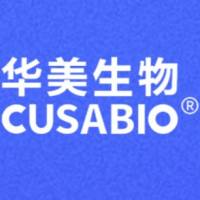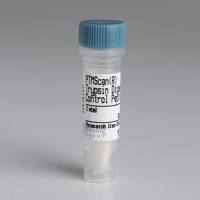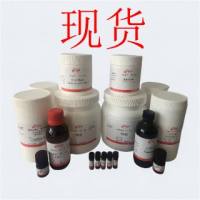Chemokines are a family of chemoattractant cytokines involved in leukocyte trafficking, activation, development, and hematopoeisis. Chemokines and their receptors have been implicated in several disease processes, particularly inflammatory and autoimmune disorders and cancer, and are therefore attractive targets for drug development. Chemokine receptors are members of the seven-transmembrane, G protein-coupled receptor (GPCR) family. As such they can be studied using GPCR assays such as ligand binding, G protein activation, and downstream signaling processes such as intracellular calcium flux. In this respect assessing GPCR activation by GTP binding is an important tool to study the early stage of signal transduction. Previously this has been done using the radiolabeled non-hydrolyzable GTP analogue [35 S]GTPγS. In order to avoid the problems involved in working with radioactivity, a new non-radioactive version of the assay has been developed using a europium-labeled GTP analogue in which europium-GTP binding can be assayed using time-resolved fluorescence. We have adapted this assay for chemokine receptors. In this chapter, using the chemokine receptor CXCR4 as an example, we describe the steps for assay optimization. In addition we describe adaptation of this assay for the high-throughput screening of chemokine antagonists.






